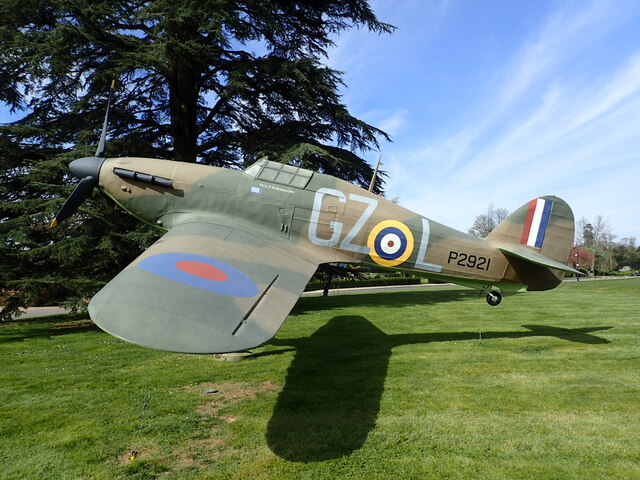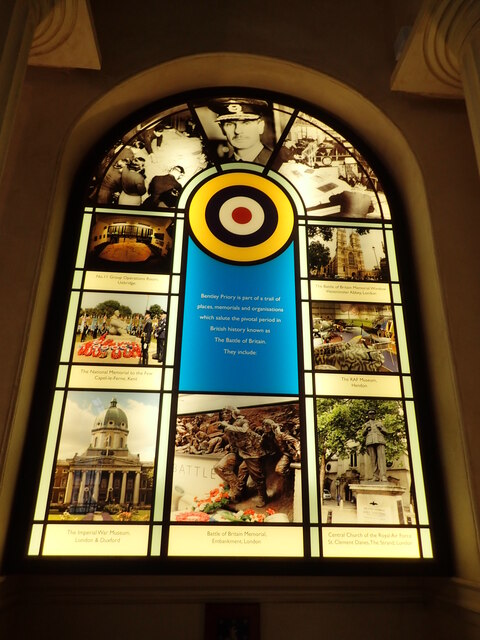Cloisters Wood
Wood, Forest in Middlesex
England
Cloisters Wood

Cloisters Wood, located in Middlesex, is a picturesque woodland area that offers visitors a serene and tranquil escape from the bustling city life. Spanning over several acres, this forested area boasts a diverse range of flora and fauna, making it a haven for nature enthusiasts and wildlife lovers.
The wood is characterized by its dense and ancient trees, many of which are oak and beech, providing a rich canopy that filters sunlight and creates a cool and shaded environment. The forest floor is covered with a carpet of wildflowers and ferns, adding to the enchanting atmosphere. A network of well-maintained footpaths winds through the wood, allowing visitors to explore its beauty at their own pace.
Cloisters Wood is home to a variety of wildlife, including deer, squirrels, foxes, and a wide range of bird species. Birdwatchers will delight in spotting woodpeckers, owls, and thrushes among the branches. The wood also provides a habitat for numerous insects, such as butterflies and dragonflies, which can be observed fluttering through the air.
In addition to its natural beauty, Cloisters Wood also holds historical significance. The wood was once part of a larger estate and was donated to the local community for preservation. Visitors can discover remnants of old stone walls and the ruins of a medieval cloister, which add an intriguing element to the wood's charm.
Whether you are seeking a peaceful stroll, a spot of birdwatching, or a chance to immerse yourself in nature, Cloisters Wood in Middlesex offers a delightful sanctuary away from the urban landscape.
If you have any feedback on the listing, please let us know in the comments section below.
Cloisters Wood Images
Images are sourced within 2km of 51.625814/-0.31241991 or Grid Reference TQ1693. Thanks to Geograph Open Source API. All images are credited.


















Cloisters Wood is located at Grid Ref: TQ1693 (Lat: 51.625814, Lng: -0.31241991)
Unitary Authority: Harrow
Police Authority: Metropolitan
What 3 Words
///shout.jets.goods. Near Stanmore, London
Nearby Locations
Related Wikis
Stanmore Country Park, London
Stanmore Country Park is a 30.7-hectare (76-acre) public park, Local Nature Reserve and Site of Metropolitan Importance for Nature Conservation in Stanmore...
Royal National Orthopaedic Hospital
The Royal National Orthopaedic Hospital (RNOH) is a specialist orthopaedic hospital located in the London Borough of Harrow, United Kingdom, and a part...
Stanmore
Stanmore is part of the London Borough of Harrow in Greater London. It is centred 11 miles (18 km) northwest of Charing Cross, lies on the outskirts of...
Bernays Institute
Bernays Institute is a Victorian building in Stanmore, London Borough of Harrow, England, that currently functions as a community event hall, Bernays Memorial...
Nearby Amenities
Located within 500m of 51.625814,-0.31241991Have you been to Cloisters Wood?
Leave your review of Cloisters Wood below (or comments, questions and feedback).


